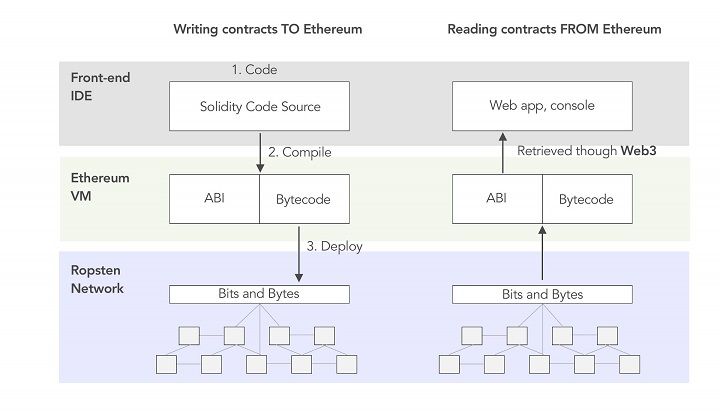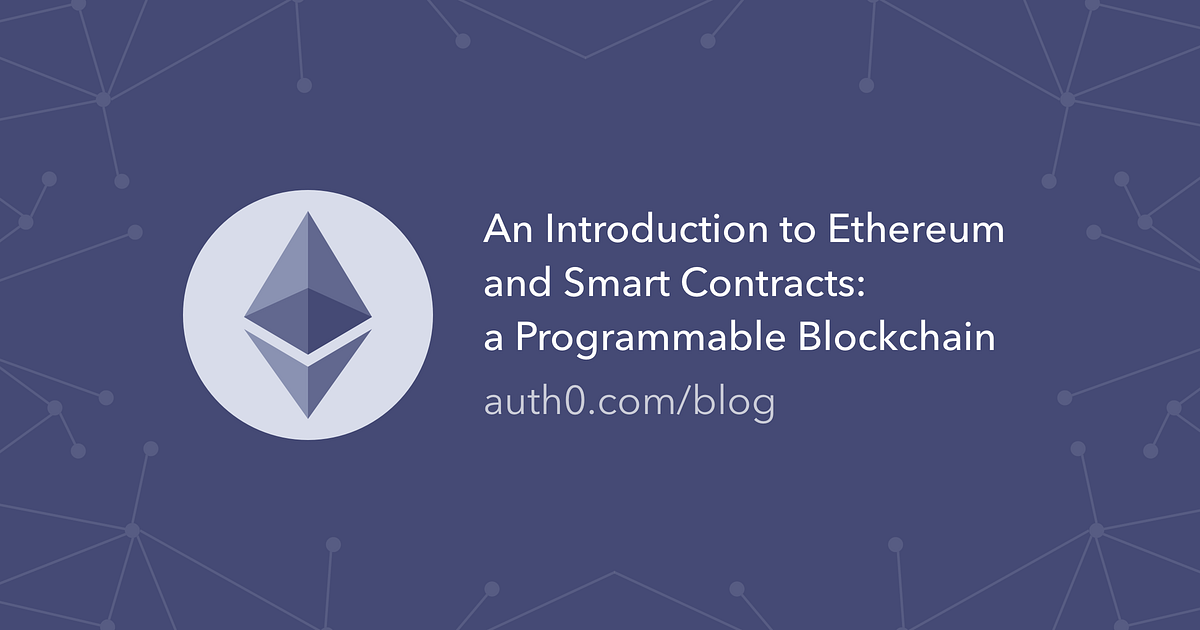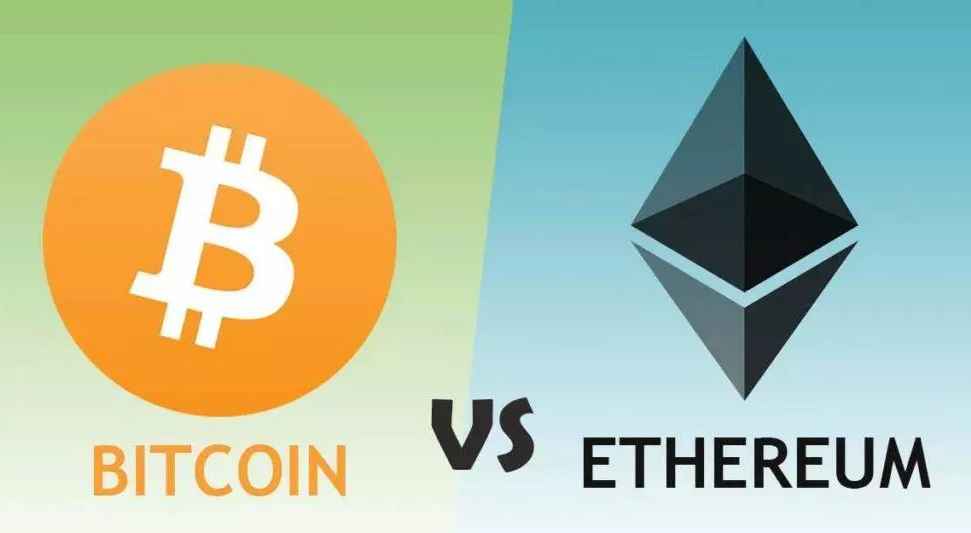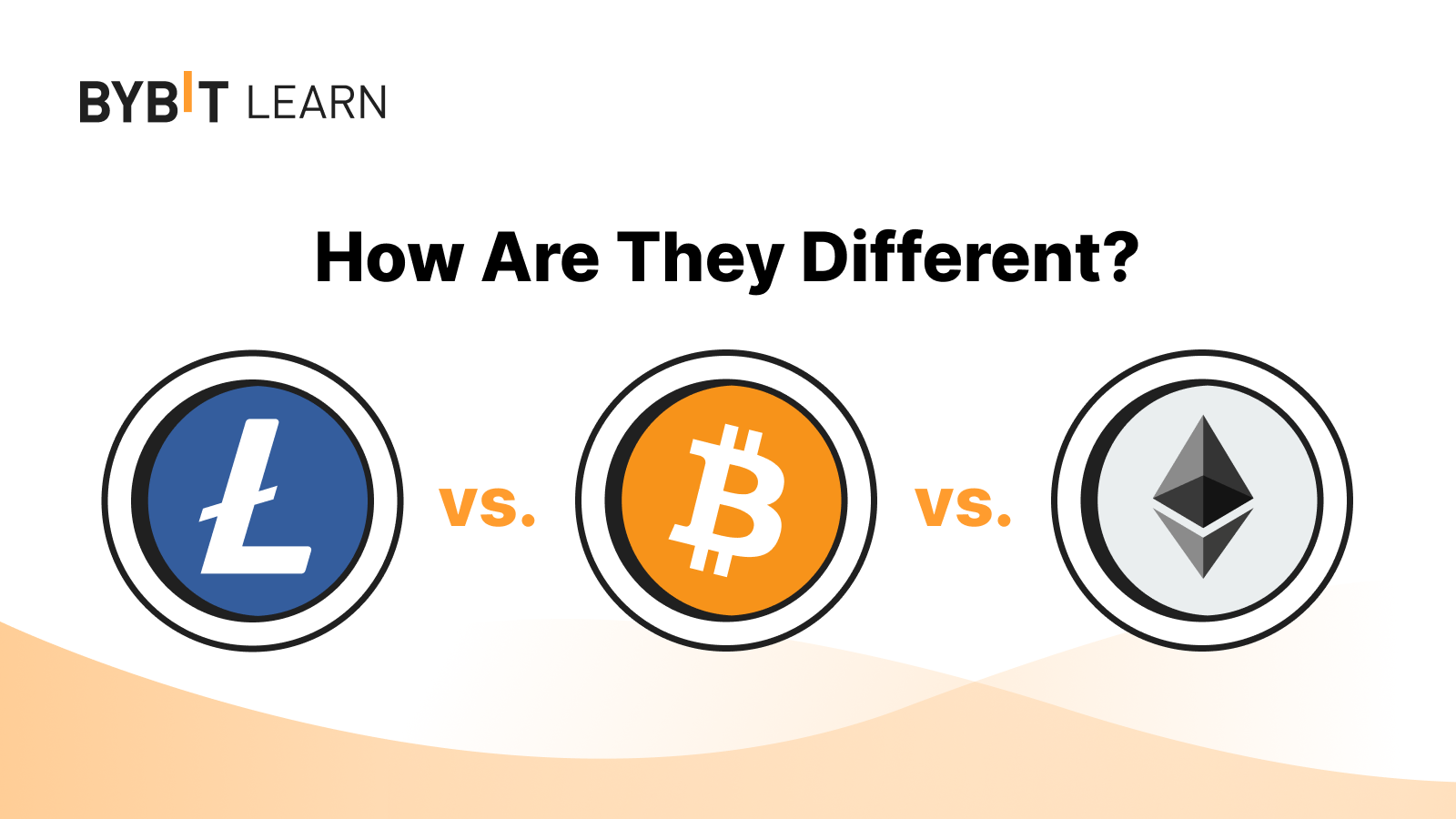ethereum blockchain contract Understanding Its Impact
Exploring the ethereum blockchain contract unveils a fascinating realm where technology and innovation converge, reshaping the way we interact with agreements and transactions. This powerful tool, embedded within the Ethereum platform, harnesses the potential of smart contracts to automate and enforce terms without the need for intermediaries.
At its core, the Ethereum blockchain leverages decentralized technology to provide transparency and security, contrasting sharply with traditional contracts that often rely on centralized authorities. The significance of understanding these contracts lies not only in their technical composition but also in their expansive applications across various industries.
Introduction to Ethereum Blockchain Contracts
Ethereum has transformed the landscape of digital transactions and decentralized applications through its innovative blockchain technology. Unlike traditional blockchains, Ethereum allows developers to create complex programmable contracts known as smart contracts. These contracts run on the Ethereum Virtual Machine (EVM) and can automate a variety of processes, enabling trustless transactions and interactions among users. As a result, Ethereum serves as a foundation for decentralized applications (dApps), fundamentally changing how agreements are maintained and executed.Smart contracts within the Ethereum ecosystem play a pivotal role in automating transactions and enforcing agreements without the need for intermediaries.
They are self-executing contracts with the terms directly written into code, which enhances efficiency and reduces costs associated with traditional contract management. This innovation sets Ethereum apart from conventional contracts, which often rely on enforcement by legal systems and intermediaries, making them slower and more susceptible to disputes.
Technical Components of Ethereum Contracts
To develop Ethereum contracts, programmers primarily use Solidity, a high-level programming language designed specifically for writing smart contracts. Solidity’s syntax is similar to JavaScript, making it accessible for developers familiar with web technologies. The process of creating a smart contract begins with writing the code, followed by compiling it into bytecode that can be executed on the Ethereum network. Once compiled, the contract is deployed using a transaction that includes the bytecode and is verified by Ethereum nodes.Key elements that comprise a standard Ethereum contract include:
- Functions: These are callable methods within the contract that define its behavior and can modify the contract’s state.
- State Variables: These are persistent data storage points in the contract that store information between function calls.
- Events: Events are emitted by the contract to signal that specific actions have occurred, allowing external applications to listen and respond to them.
Use Cases of Ethereum Blockchain Contracts

Ethereum contracts have a wide range of applications across various sectors, exemplifying their versatility. In finance, decentralized finance (DeFi) platforms use Ethereum contracts to facilitate lending, borrowing, and trading without intermediaries. In supply chain management, Ethereum contracts provide transparency and traceability by enabling all parties to access immutable records of transactions. The gaming industry also benefits, where developers create in-game assets and economies governed by smart contracts, ensuring fairness and ownership for players.Decentralized applications (dApps) leverage Ethereum contracts to provide functionalities such as decentralized exchanges, prediction markets, and more.
Successful projects like Uniswap and Compound exemplify how Ethereum contracts can disrupt traditional finance through innovative solutions. These projects utilize smart contracts to automate complex processes, allowing users to trade and lend assets efficiently.
Security Considerations for Ethereum Contracts

Security is critical in the development of Ethereum contracts, as vulnerabilities can lead to significant financial losses. Common issues include reentrancy attacks, where a malicious contract repeatedly calls a vulnerable function, potentially draining funds. Best practices for auditing smart contracts include thorough testing, code reviews, and using established tools for vulnerability detection. Gas optimization is also a vital consideration in contract design, as it can significantly impact transaction costs for users.
Well-optimized contracts reduce the amount of gas required for execution, making them more attractive to potential users.
Regulatory and Legal Aspects of Ethereum Contracts

The regulatory landscape surrounding Ethereum contracts varies significantly across jurisdictions. Many governments are still determining how to classify smart contracts and their legal enforceability. The ambiguity regarding whether smart contracts can serve as legally binding agreements poses challenges for businesses looking to adopt this technology.As blockchain technology evolves, future regulations may focus on protecting consumers and enhancing transparency in transactions.
Understanding the implications of these regulations is crucial for developers and businesses operating within the Ethereum ecosystem.
Future Trends in Ethereum Blockchain Contracts
The evolution of Ethereum contracts is closely tied to technological advancements, particularly with the upcoming Ethereum 2.0 upgrade. This transition to a proof-of-stake consensus mechanism is expected to enhance scalability and security, making it easier for developers to create complex contracts efficiently.Emerging trends indicate a growing integration of Ethereum contracts with other technologies, such as artificial intelligence (AI) and the Internet of Things (IoT).
For instance, smart contracts could automate processes in IoT devices, allowing them to transact autonomously based on predefined conditions. This synergy promises to expand the potential applications of Ethereum contracts significantly.
Developing Your Own Ethereum Contract
Creating an Ethereum contract can be an exciting venture for developers. Here’s a step-by-step guide to writing a basic Ethereum contract using Solidity:
- Set Up Your Environment: Install Node.js and the Truffle framework to create a development environment.
- Create a New Project: Use Truffle to initialize a new project where you will write your contract.
- Write the Contract: Use Solidity to define your contract, including its functions and state variables.
- Compile the Contract: Use Truffle to compile your contract, converting it to bytecode.
- Deploy the Contract: Write a migration script and deploy your contract to the Ethereum network using Truffle.
- Test Your Contract: Create test cases to ensure that your contract behaves as expected in various scenarios.
Essential tools and frameworks for developing Ethereum contracts include:
- Solidity for writing contracts
- Truffle Suite for development and testing
- Ganache for local blockchain simulation
- MetaMask for interacting with the Ethereum network
Community and Resources for Ethereum Developers
The Ethereum developer community is vibrant and supportive, providing numerous resources for learning and collaboration. Online forums like Ethereum Stack Exchange and Reddit’s r/ethereum offer platforms for developers to ask questions and share experiences. For educational resources, the Ethereum Foundation’s documentation is an excellent starting point, along with online courses from platforms like Coursera and Udemy. Engaging with the community is crucial for developers seeking to enhance their skills and contribute to the advancement of Ethereum technology.
Final Wrap-Up
In summary, the evolution of ethereum blockchain contracts marks a pivotal shift in how agreements are created and executed, offering new possibilities for industries worldwide. As we look ahead, the continued development of this technology promises to redefine the landscape of contracts, making them more efficient, secure, and accessible.
General Inquiries
What are smart contracts?
Smart contracts are self-executing contracts with the terms of the agreement directly written into code, enabling automatic execution without intermediaries.
How do Ethereum contracts differ from traditional contracts?
Ethereum contracts are decentralized, secure, and programmable, while traditional contracts often require intermediaries and can be subject to disputes and lack of transparency.
What programming language is primarily used for Ethereum contracts?
Solidity is the main programming language used to write Ethereum smart contracts.
What is gas in the context of Ethereum contracts?
Gas refers to the fee required to execute operations on the Ethereum network, which compensates miners for processing transactions and computations.
Can Ethereum contracts be audited for security?
Yes, auditing Ethereum contracts is crucial to identify vulnerabilities and ensure security before deployment.


